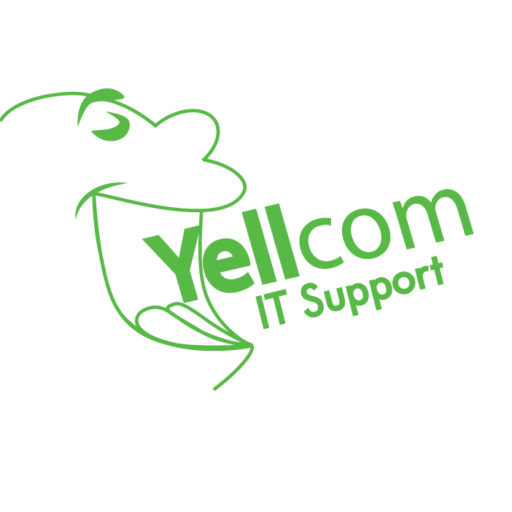What is malware?
Malware is any malicious software written to harm devices, data, or people. Malware is a parent term that has many siblings, such as: virus, grayware, ransomware, etc. The following table lists some examples of malware, a description, and a remedy.
As you can see from the table, Yellcom Cybersecurity Protection Services prevent infections, as explained in our FAQ: “Why does my computer have malware?“.
If one of your systems shows signs of an infection, we can do better.
Category
Description
Remedy
Akamai NetSession
Shares your computer idle time with others on the web.
Yellcom Cybersecurity Protection Services prevent the infection
Backdoor
Method of bypassing authentication procedures; installed using trojans, worms, etc.
Yellcom Cybersecurity Protection Services prevent the infection
Botnet
Group of infected computers used, without your knowledge, to send malware, collect your personal information, etc.
Yellcom Cybersecurity Protection Services prevent the infection
Denial-of-Service Attack
Overwhelming a local network or computer with illegal traffic
Yellcom Cybersecurity Protection Services prevent the infection
Drive-By Download
5-stage programed attack that completes in .5 second
Yellcom Cybersecurity Protection Services prevent the infection
Grayware
Degrade system performance and create security risks
Yellcom Cybersecurity Protection Services prevent the infection
Adware
Advertising-supported software which automatically renders advertisements on the display
Yellcom Cybersecurity Protection Services prevent the infection
Dialer
Dials a premium-rate telephone number automatically
Yellcom Cybersecurity Protection Services prevent the infection
Key loggers
Capture keyboard keystrokes
Yellcom Cybersecurity Protection Services prevent the infection
Pop-Ups
Pop-up windows can inhibit user activities
Browser Pop-Up Blocker
PUPs
Potentially Unwanted Programs that users inadvertently consented to download and install
Yellcom Cybersecurity Protection Services prevent the infection
Spyware
Identify Theft
Yellcom Cybersecurity Protection Services prevent the infection
Man-in-the-Middle Attacks
Hackers reading files in transit over the intranet or over an unsecured WiFi network
Using a VPN connection and 256-bit Encrypted transmissions (https://).
Phishing Attack
Email directing a user to a look-alike website where they are asked personal information that the legitimate business already knows.
User training required.
Ransomware or Scareware
Blocks access to all local disks and files which prevents access to your data and applications
Yellcom Cybersecurity Protection Services prevent the infection
As an added precaution, Yellcom Backup Services can restore infected files.
Rootkits
Malware that first generation anti-malware software cannot detect
Yellcom Cybersecurity Protection Services prevent the infection
Spam
Receiving bulk, unsolicited, messages (emails, IM, forum & blog posting, and social media)
Yellcom Cybersecurity Protection Services prevent the infection. If you see one, delete it. Do not read it.
SQL Injection
Injects malicious code into a database
Yellcom Cybersecurity Protection Services prevent the infection
Trojans
Programs with harmful actions such as opening a port in the firewall for a virus, remote access, or identity theft
Yellcom Cybersecurity Protection Services prevent the infection
Viruses
Executable code that attaches to clean files and infects other clean files
Yellcom Cybersecurity Protection Services prevent the infection
Worms
Programs that travel over the network infecting other systems
Yellcom Cybersecurity Protection Services prevent the infection
In addition, Yellcom Computer Services can perform a security assessment to identify all your security issues, their severity, and recommend changes.
Contact Us
Contact us if you wish to discuss your possibilities.
